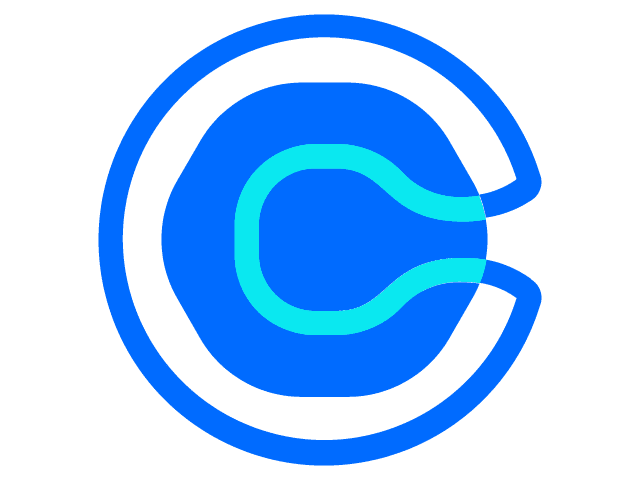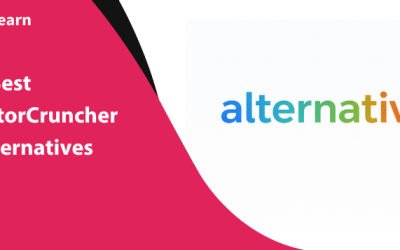How to Create a Coaching Program? (Free Coaching Program Template)
What’s common among Tony Robbins, Tracy Anderson, and Marshall Goldsmith? Yes, they are all successful coaches who have pioneered in their respective niches. But if you look closely, they all have a signature coaching program that stands the test of time!
Tony Robbins’ “Unleash the Power Within,” Tracy Anderson’s “Revolutionary Fitness Method,” and Marshall Goldsmith’s performance-driven coaching are the key catalysts defining their success!
This explains how important it is to have a signature coaching program to navigate through the sea of coaches!
In this guide, we walk you through the step-by-step process of creating a coaching program— from start to finish. And there’s also a free coaching program template at the end!
So, are you ready to embark on a transformative journey?
What are the Essential Aspects of a Coaching Program?
Coaching is a deeply personalized journey. While each individual might have a different roadmap to stride even in the same niche, the framework is pretty much the same.
Here are the basic building blocks of a coaching program:
-
Initial Assessment
Coaching is a transformative process where the client gains knowledge, skill or observes a major change by the end of the session! For example, the client gains confidence, learns time management skills, or loses 20 kgs within 5 months. As a coach, the first meetings typically involve understanding your client’s current circumstances, pain points, goals and expectations.
-
Goal & Objectives
You can easily map your coaching program’s goals and objectives based on the initial assessments. Define a clear outcome and break it into smaller goals and objectives.
-
Resources
Resources like worksheets, role-play scenarios, exercises, checklists, and templates are essential coaching tools to help you achieve your outcomes. Incorporating a variety of resources will diversify your coaching program experience.
-
Action Plan
Once you have gained a clear grasp of your goals and objectives, craft a perfect week-by-week session plan. This answers an important question: How do we reach the goal? Define a milestone for every session and list the techniques, activities and resources to achieve it.
-
Progress Evaluation
Progress evaluations are insightful tools that help assess the client’s personal and professional growth. Three possible scenarios are: the client didn’t reach the goal, the client almost reached the goal, but some work is left, and the client successfully reached the goal.
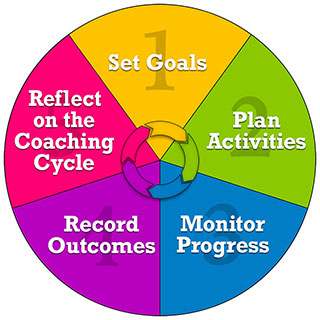
Before exploring the nitty-gritty to create a coaching program, do check our comprehensive coaching checklist!
How to Create a Coaching Program: A Comprehensive Guide
You might have been planning to establish your six-figure income for quite some time but are uncertain how to take the giant leap!
The following detailed guide offers a clear roadmap to get started:
Step 1: Define Your Coaching Niche
First and foremost you need a clear niche to create your coaching program.
Well, there’s a spoiler alert: you must fight the imposter syndrome!
An effective way to overcome it is to choose a niche you are competent in and equally passionate about. And remember to be super-specific!
Here’s a quick set of questions to figure out your niche:
- What are your strengths, skills or areas of expertise that have benefited others?
- What do you love the most and could drive a significant change?
- Is there any existing gap in your niche? Do you have any solutions to address the problem?
- Are there any ongoing trends in your niche market? What are the unique offerings of your competitors, and how do they resonate with their audience?
- Is your niche in demand and lucrative enough to drive significant revenue?
Remember to explore, experiment and evolve on the go!
Step 2: Choose Your Ideal Client & Analyze Their Customer Journey
“Knowing your customer means knowing what your customer really wants,” says American businessman Harvey B Mackay.
Identifying your ideal client helps you to design your coaching program based on their experiences.
Here’s how you can create your ideal client profile:
- Gather the ideal client data from interviews, social media, surveys, etc.
- Assess your client’s progress considering their pain points, challenges, needs, goals, etc.
- Create a buyer’s persona with demographics (gender, age, location, education, etc.) and psychographics(characteristics, interests, pain points, goals, values).
- Gather feedback from your past clients (both positive and negative experiences) to assess the effectiveness of your coaching program.
- Assess the gaps in your offerings and map a clear trajectory for your coaching program.
Step 3: Design your Coaching Program
Now that you have gained insights from your ideal client, it’s time you define the scope of your program. This is called reverse engineering or working backward!
Start connecting the dots from your client’s ideal outcome. Figure out the milestones they have to achieve for reaching the outcome. Craft the content and resources related to the milestone.
Here’s a quick guide to get you started with curating an effective coaching program!
| Essential Aspects | Description | Example |
| Coaching Program Name | Create a name that appeals to your ideal clients, promises a solution and is memorable. | Female Beginner Strong 2.0 – No Fluff, Just Science |
| Clear Goals & Objectives | Outcome or impact your clients wish to achieve through the program | Build lean muscles | Improve your shape & curves |
| Program Duration | Overall timeline, session frequency, total number of sessions | Self-paced |
| Session Structure | Agenda, topics, activities, and session duration |
|
| Delivery Method | Virtual webinars, pre-recorded courses, workshops, in-person meetings, cohort courses | Pre-recorded Course |
| Price | Optimum prices as per the coaching program’s value | Base – $67
Premium- $119 Elite – $149 |
Step 4: Create Your Coaching Materials
Once you have designed your coaching plan, it’s essential to create coaching materials. Your materials depend on your outcome and offerings.
Some of the common categories of coaching materials are:
-
Coaching Techniques and Methodologies
Coaching techniques and methodologies are strategies that help clients achieve their outcomes. Top coaches employ the Wheel of Life Technique, the Moonshot Coaching Technique, and the Sphere of Influence.
Conversely, GROW, OSKAR, and FUEL are some widely known coaching models that direct clients to their goals.
-
Assessment and Feedback Mechanism
How do coaches offer personalized offerings to clients? Yes, effective assessment tools and feedback mechanisms help analyze clients’ strengths, improvement areas, and challenges. Self-report questionnaires, behavioral and performance assessments help carve the client’s trajectory!
-
Session Outlines
The key to a successful coaching program lies in a well-outlined session plan.
Segment your session into specific parts, focussing on understanding the client’s journey.
For example, here’s how the first session looks like:
- Build trust and establish rapport with the client.
- Set the session theme or topic of the session.
- Set up boundaries between you and your clients
- Assess the current scenario of clients with powerful questions
- Help clients to identify their outcome
- Understand client expectations
- Analyze what happened in the past that’s holding clients back
- Challenges expected in the future
- Strategies essential to achieve the goals
Take a look at this detailed video for planning your first coaching session with your client!
-
Coaching Tools
Coaching sure helps individuals through a metamorphosis—discovering their true potential. However, this won’t be possible without coaching arsenals or tools! Every coach is equipped with tools like templates, checklists, guides, worksheets, roleplay scenarios, videos, etc.
Step 5: Deliver Your Coaching Program
Now that your coaching program is ready and you have your initial set of clients, it’s time to deliver it. You can conduct your coaching sessions using a standalone video conferencing tool like Zoom, Lesson Space, etc., or an all-in-one coaching platform.
Here’s a list of tools for essential delivering a coaching session:
| Tasks | Coaching Tools |
| Note Taking | Google Sheets, Evernote |
| Scheduling Calls | Acuity Scheduling, Calendly, Youcanbook.me |
| Coaching Sessions | Zoom, Skype, GoToMeeting |
| Payment | Paypal.me, Stripe |
| Bookkeeping | Bench.co |
| Email List | Mail Chimp, ConvertKit |
Do’s and Don’ts to Follow to Create a Coaching Program
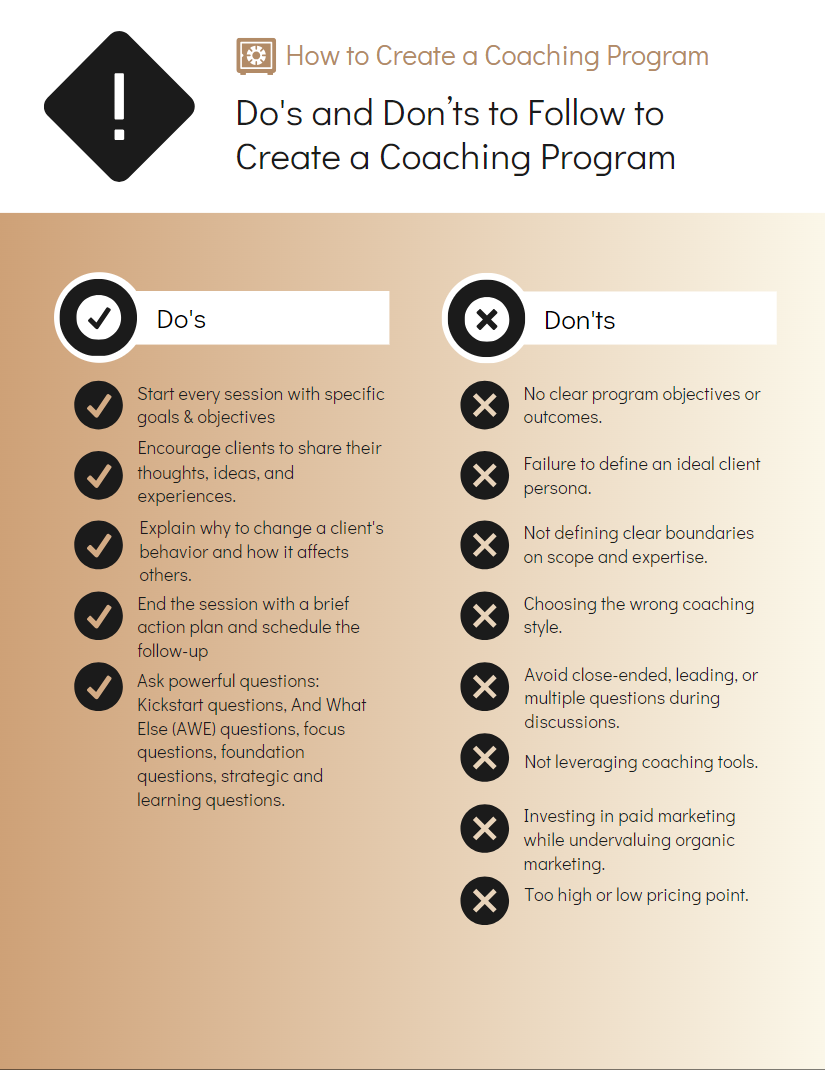
- Start every session with specific goals & objectives.
- Ask powerful questions like kickstart questions, And What Else questions (AWE), focus questions, foundation questions, strategic and learning questions.
- Encourage clients to share their thoughts, ideas and experiences in the discussions.
- Explain why to change a client’s behavior and how it affects others.
- End the session with a brief action plan and schedule the follow-up.
Don’ts
- No clear program objectives or outcomes
- Failure to define an ideal client persona
- Not defining clear boundaries on the scope and expertise
- Choosing the wrong coaching style
- Avoid close-ended, leading or multiple questions during discussions
- Not leveraging coaching tools
- Asking leading
- Investing in paid marketing; undervaluing the organic marketing
- Too high or low pricing point
Step 6: Market Your Coaching Program
You have created and delivered your coaching program as a premium offering, but have you spread the word?
Given the numerous strategies, choosing the right ones at every stage of your coaching business is essential. First and foremost, create content that adheres to the three pillars – connect, entertain and learn!
Here’s a timeline of marketing strategies to adapt on the go and to win more coaching clients:
- Start with the lowest-hanging fruit — your personal and professional network.
- Join niche-related Facebook groups, give advice, address problems and share links to your resources. This way, you can target your ideal clients.
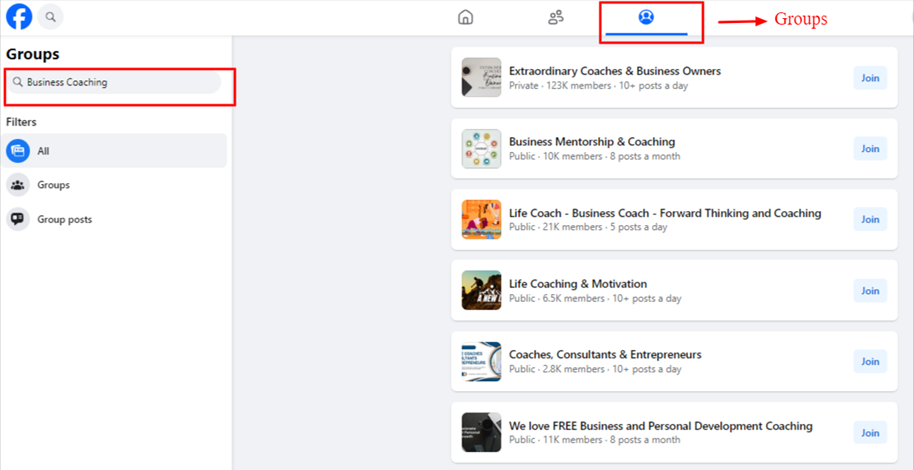
- Tap into LinkedIn’s expansive network(an excellent platform for coaches). Present your unique value proposition, expertise, experience, etc., in your profile. Share your blog posts and generate traffic from the platform.

- Establish your domain authority on Quora by answering relevant questions and linking your resources.
- Reach out to influencers and interview them on your podcasts, or go live on Facebook, Instagram, YouTube, etc.
- Leverage the right social platforms (like Instagram for nutrition and fitness coaches) , share advice, tips, and clear misconceptions. Thus, building a credible audience.
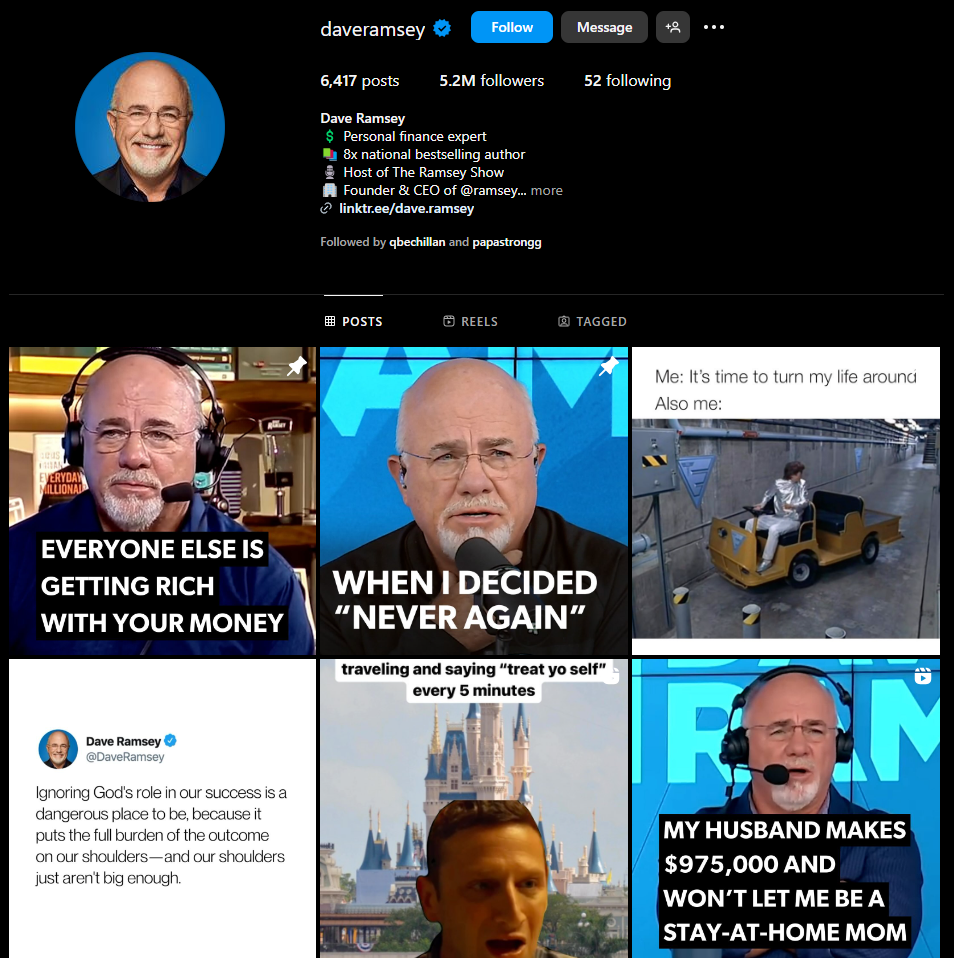
- Find high-volume and medium difficulty keywords to create high-quality blog posts relevant to your niche.
Step 7: Gather Feedback and Evolve
Coaching is a transformative process; your client’s feedback is an essential catalyst for this journey. While you might have designed a perfect coaching program, finding the right angle to their coaching narrative is essential! That’s where a feedback questionnaire acts as a catalyst for a positive change.
A feedback form helps to adopt a personalized approach based on client experiences.
Here are a few sample questions from a feedback form:
- How would you rate the coaching program on a scale of 1 to 10?
- Which areas of the coaching program did you find beneficial?
- What were the challenges and problems endured in the process?
- List out the resources and tools that were effective.
- Are you going to recommend this coaching program to anyone else?
12-Week Coaching Program Template
We have designed a free coaching program template that offers you a basic coaching framework to get started with your coaching program.
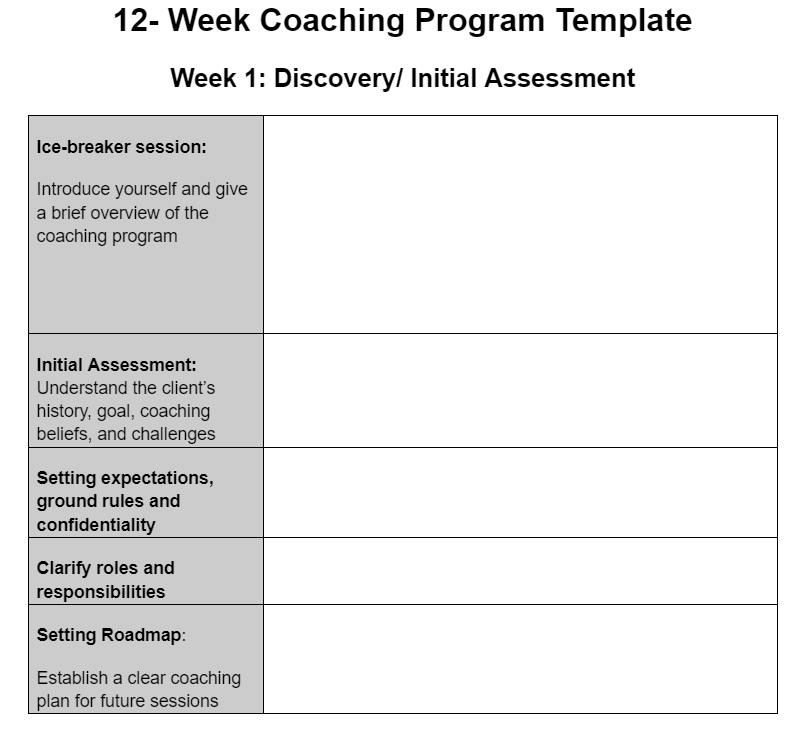
Here’s what our coaching program template covers:
- Discovery/ Initial Assessment Questions
- Goal Setting with SMART methodology
- Weekly Session Plans
- Reflection and Progress Evaluation Discussion Points
- Final Review and Feedback
Download our 12-week coaching template now!
Ready to Build Your Signature Coaching Program?
Well, that was quite a lot of information! Now, you might be well-equipped with all the knowledge, strategies, and resources to create an outline for your coaching program. Most importantly, creating a coaching program has a deep learning curve!
To create a program that resonates with your audience, you need to evolve with feedback and changing industry trends. You also need to get over your mistakes and build a strong relationship with your clients. So, have you started building your coaching program? The free coaching program template has all it takes to get started!
FAQ-Related to How to Create a Coaching Program
1. How do you create an effective coaching program?
Identify your ideal client, determine the goals & objectives, design the coaching program, create your coaching content, and launch and deliver your program.
2. What are the basic elements of a coaching program?
Initial assessment, goals & objectives, resources, action plan, and progress evaluation are the key aspects of a coaching program.
3. What is a coaching program template?
It’s a blueprint for the coaching process, outlining the goals, initial assessment, session plans, activities, resources, progress, etc.
